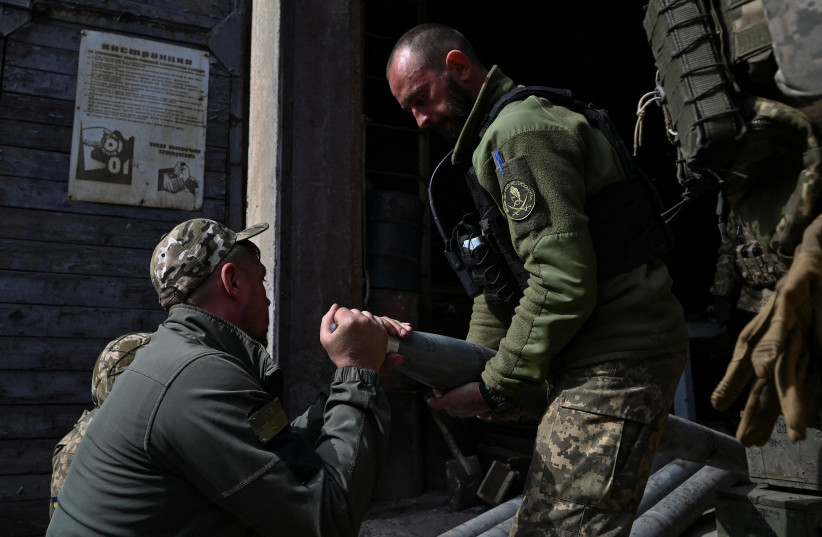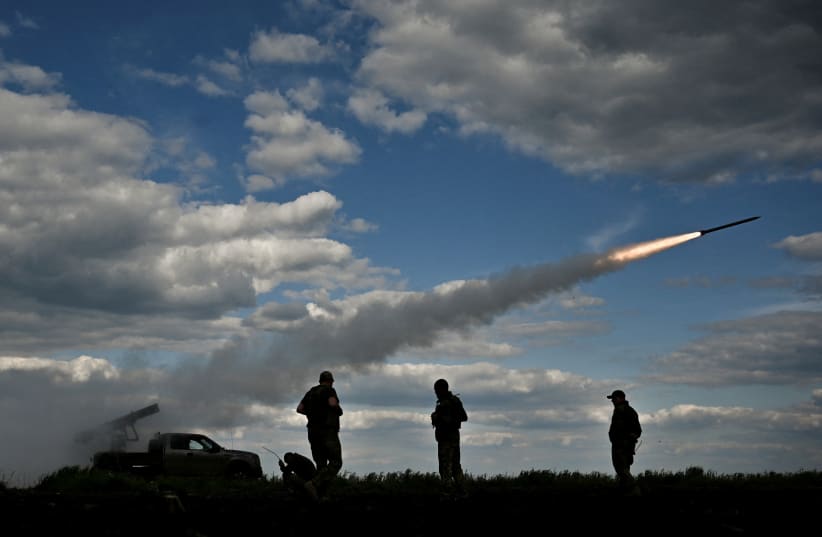Ukraine is now conducting the opening moves of what is expected to be a wider spring and summer offensive. According to reports, Ukrainian forces in Bakhmut advanced several kilometers, a limited move that is reminiscent of the kinds of small gains that offensives during World War I would record in their opening days.
This is because fighting around Bakhmut, in some ways, resembles the kind of grinding trench warfare of the previous century. The technology available to both sides is very different today, however, as it includes drones and other advanced weapons.
Therefore, the offensive will test whether the weapons supplied to Ukraine over the last six months can be game-changers, which is important because in general, the West has supplied Ukraine with a large number of different types of munitions and systems to help it resist the Russian invasion.
Resisting on the defensive is different from conducting offensive operations. Ukraine already proved itself capable of complex combined operations last year and has also recaptured swaths of territory. However, much of those areas recaptured were taken not through heavy fighting, but rather in quick operations; Russia appeared ready to cede them.
It is not clear if there is significant evidence of Russian forces being defeated by similarly matched Ukrainian forces in a prolonged battle.

Months of vicious fighting surround the area of Bakhmut, and Russia has used mercenaries and artillery to try to grind down the Ukrainians. Recent reports indicate controversy in Russia’s ranks, as contract mercenaries are not getting the supplies they need.
Russia has plenty of weapons, including artillery, but it has also been searching for other sources abroad, such as relying on cheap Iranian drones. Ukrainian air defenses have gotten much better in recent months and are able to down most drones and missiles. These defenses include, according to recent reports, the use of a US-supplied Patriot system. Additionally, Russia tried to destroy a Patriot system, using a “hypersonic missile,” CNN reported.
What we’re seeing in Ukraine now is a growing body of evidence of how Western defense systems stack up against Russian systems, meaning that there is going to be a learning curve on the battlefield. Ukraine has received a plethora of systems now, including air-defense systems, such as the IRIS-T, the Caesar Howitzer system and HIMARs, as well as tanks, armored vehicles and reports of UK Storm Shadow cruise missiles being delivered.
Germany announced a large new package of weapons for Ukraine, which will be formalized during Ukrainian President Volodymyr Zelensky’s visit in Germany this week. According to reports by German broadcaster DW and Der Spiegel, this could include more Marder infantry fighting vehicles, Leopard tanks, IRIS-T air defense, drones, Gepard anti-aircraft vehicles and other vehicles and munitions.
Offensive is more difficult than defensive
THE QUESTION is how these systems will all fit together and whether Ukrainians trained over the last year will employ them well and be able to take back some ground? Being on the offensive can be more difficult than being on the defensive, especially as some of these systems were meant to help Ukraine on the defensive. How will they work when they have to be mobile?
On the other hand, Russia appears to be losing aircraft and facing many challenges, which could reflect the overall failure of Moscow, or show that it still has not committed its best units and is husbanding its resources, fearing potential humiliation.
For Western countries, the massive use of munitions by Ukraine is creating a supply-chain headache. The West initially rushed older systems to Ukraine and even created agreements with some countries in Europe, which sent older systems, some dating from the Cold War era or the 1990s, in exchange for new ones. But the supply depots are running low in some cases, and the West will need to improve its military-industrial complex to keep up.
This means that Ukraine not only receives a hodgepodge of weapons piecemeal, but it also might not always be able to sustain those systems in attrition warfare. The West wants to see how the systems perform, but modern defense systems require more technology – not only things such as radars and electronic warfare, but also all sorts of interconnected systems, such as multilayered air defenses.
What happens when a military is forced to rely on a plethora of different systems that don’t necessarily connect well?
These are the key questions Ukraine faces as it wants to push forward. As Ukraine cannot sustain massive casualties, it must be careful about choosing its objectives.
Russia wants to try to bleed Ukraine white, the way the Germans did to the French at Verdun in World War I. Ukraine’s goal is to prevent that scenario.
